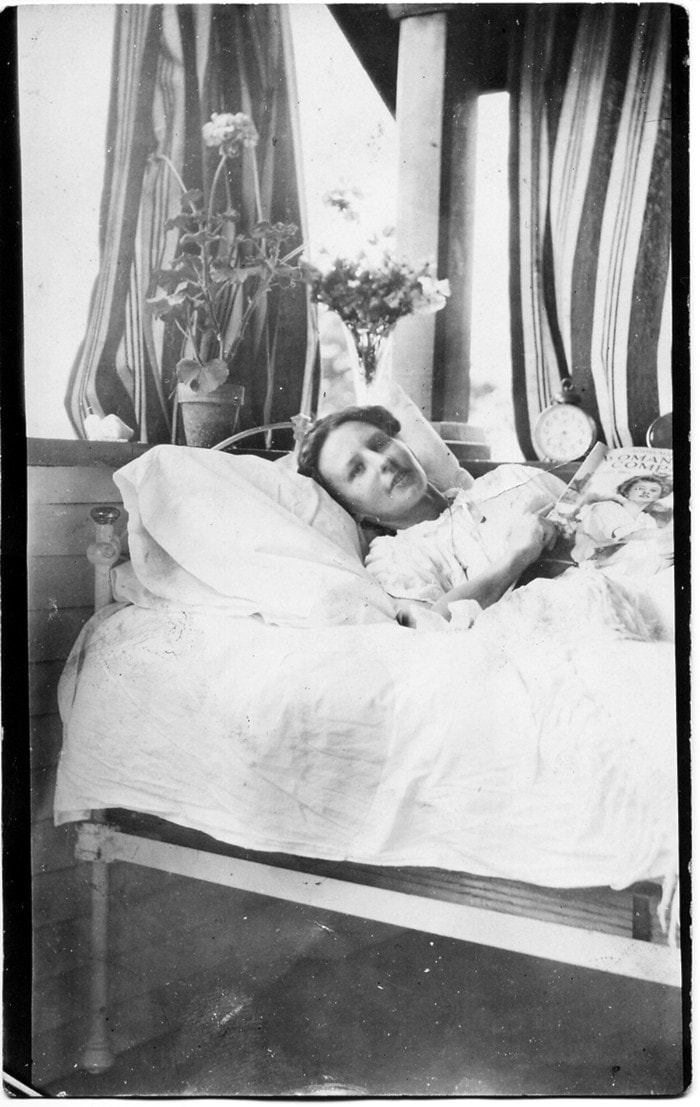One of the most common questions both the Maple Ridge Museum and Haney House Museum receive is: are the houses haunted?
The reply will often be met with a smile and a simple, “No, they are not.”
However, this answer can change depending on who you ask. Most often those who only work in the summer, and don’t have enough time to become accustom to working in an older house, will think one or the other is haunted.
Those who have been here for years will know it’s just the wind hitting against the side of the house, or that certain steps creek when you ascend the stairs, mainly because, each house is more than 100 years old.
Work here long enough you get to know all the sounds and quirks.
Those asking, “Is the house haunted?” always seem slightly disappointed when they are told no, especially in Haney House. Even when they are told that various paranormal societies have visited the house, and have found nothing out of the ordinary.
Perhaps the public’s curiosity may have to do with the fact on display is a death mask portrait of Mary Haney, Thomas and Anne Haney’s first daughter, that hangs in the parlor. She died in 1886, at age 11, from diphtheria, and the Haney’s had the painting commissioned from a tin plate photograph to remember her by.
Deaths happened often in family homes during this era, and the advent of photography made it so the middle class was able to take a picture and memorialize their dead loved ones.
If the family had enough money, they could commission a painting based on the picture. In the portrait of Mary Haney, you can tell she is not alive as on the left side of the painting there are mountains and water and the right side, darkness, which is to show her journey from life to death.
In the Victorian era, morality rates among children were very high, and a post-mortem photograph might have been the only image that family would have had of the child. They were more of a keepsake than anything to do with morality. Often times the children were photographed to appear lifelike, in their crib, or with a toy. If family was posed with the child, typically they would be seated in a chair next to the deceased.
Today, the practice of post-mortem (or death mask portraits) photography is essentially non-existent in the western world. Portrayal like such is seen as sensationalist and taboo.
This cultural shift could perhaps reflect western social discomfort with death, why such words as “morbid” or “creepy” are often used when first entering the Haney House parlor and looking at the portrait.
For the museum, it provides a wonderful learning opportunity and a chance to educate the public on past traditions, and may extinguish any thoughts over the question, “Is this house haunted?”
If you ask me, only by the squirrels.
– By Allison White, curator of the Maple Ridge Museum.
